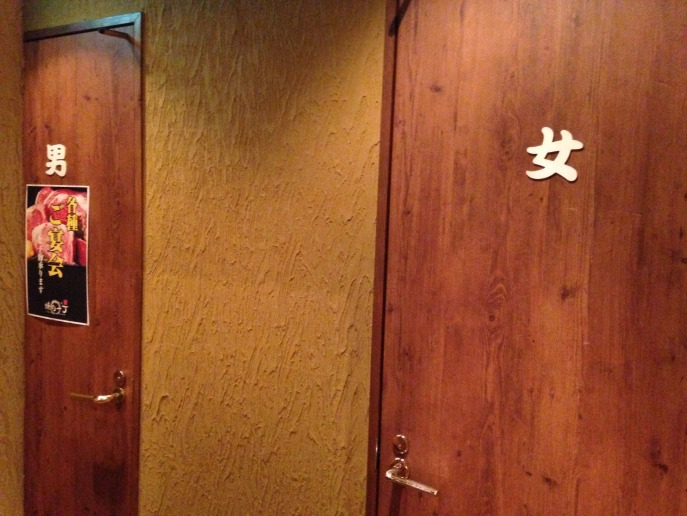I'm learning kanji through WaniKani, and stumbled upon three pieces of vocabulary that have similar meanings, but no clear guidance on which should be used in which occasion:
- 女{おんな}の子{こ}: defined as girl, young girl, young lady, young woman
- 女子{じょし}: defined as girl, woman
- 女{おんな}の人{ひと}: defined as woman
The first one is clearly the one that stands out as clearly referring to young women, and this answer corroborates that and clarifies the difference between the first two. That same question also states that the 子{し} in 女子{じょし} doesn't refer to child, but is instead a kind of "counter."
In that case, it becomes unclear to me when 女子{じょし} and 女{おんな}の人{ひと} should be used. Or simply 女{おんな}, for that matter.
P.S.: haven't gotten to 男{おとこ} yet, but I assume the same principles will apply there too?



